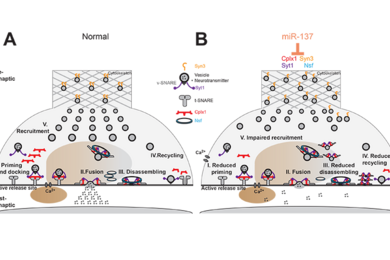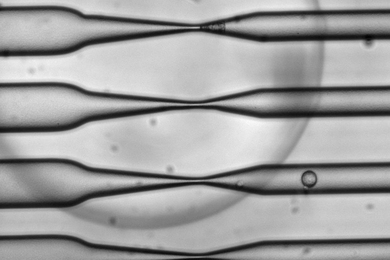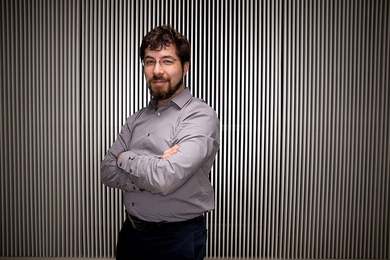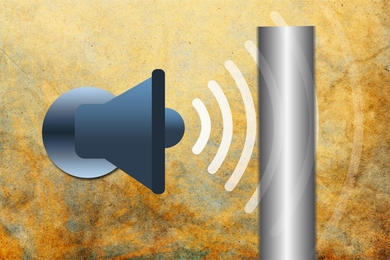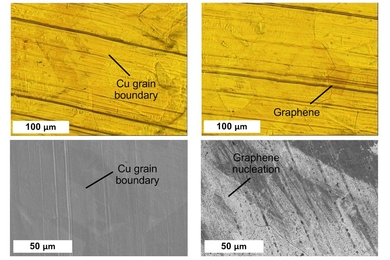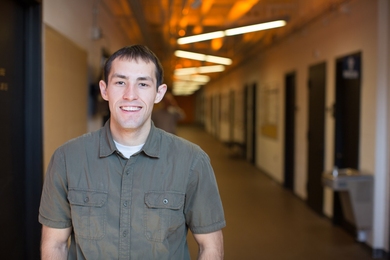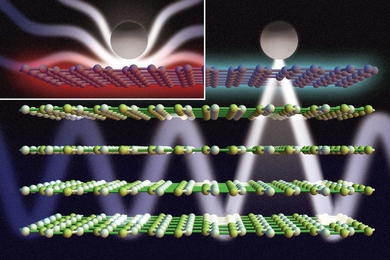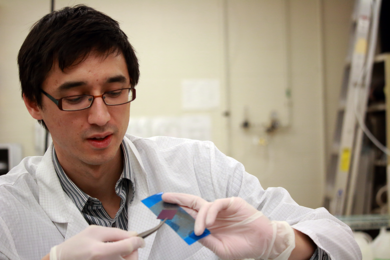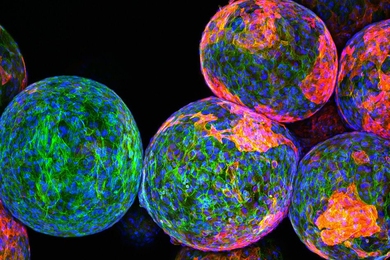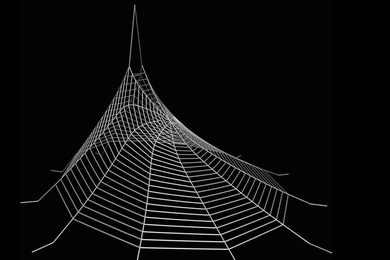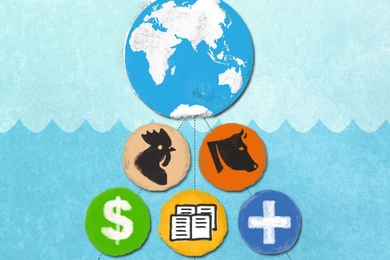Freshly squeezed vaccines
Microfluidic cell-squeezing device opens new possibilities for cell-based vaccines.
Seeking deeper understanding of how the brain works
Edward Boyden develops techniques to study the brain, and how it operates, in finer detail.
Gauging materials’ physical properties from video
“Visual microphone” technology could lead to noninvasive identification of objects’ structural defects.
How to make continuous rolls of graphene
New manufacturing process could take exotic material out of the lab and into commercial products.
Coding for cooling
Nuclear science and engineering graduate student Benjamin Magolan helps model improved coolant flow inside the core of a nuclear reactor.
To handle big data, shrink it
Algorithm reduces size of data sets while preserving their mathematical properties.
Taking control of light emission
Researchers find a way of tuning light waves by pairing two exotic 2-D materials.
Probing graphene physics
MIT postdoc Javier Sanchez-Yamagishi charts quantum signatures of electronic transport in graphene.
Center for Environmental Health Sciences selects poster winners
Cash prizes awarded to graduate students and postdocs for research on biological effects of exposure to environmental agents.
Designing better medical implants
Optimal size and shape allow implantable devices to last longer in the body.
Translating thought to print
Researchers explore mechanics of silk to design materials with high strength and low density.
A “graduation” from poverty
Study: Anti-poverty intervention provides sustained boost to incomes and wealth.
Learn a language while you text
Graduate student's “WaitChatter” app teaches vocabulary during moments in between text and instant-message replies.
